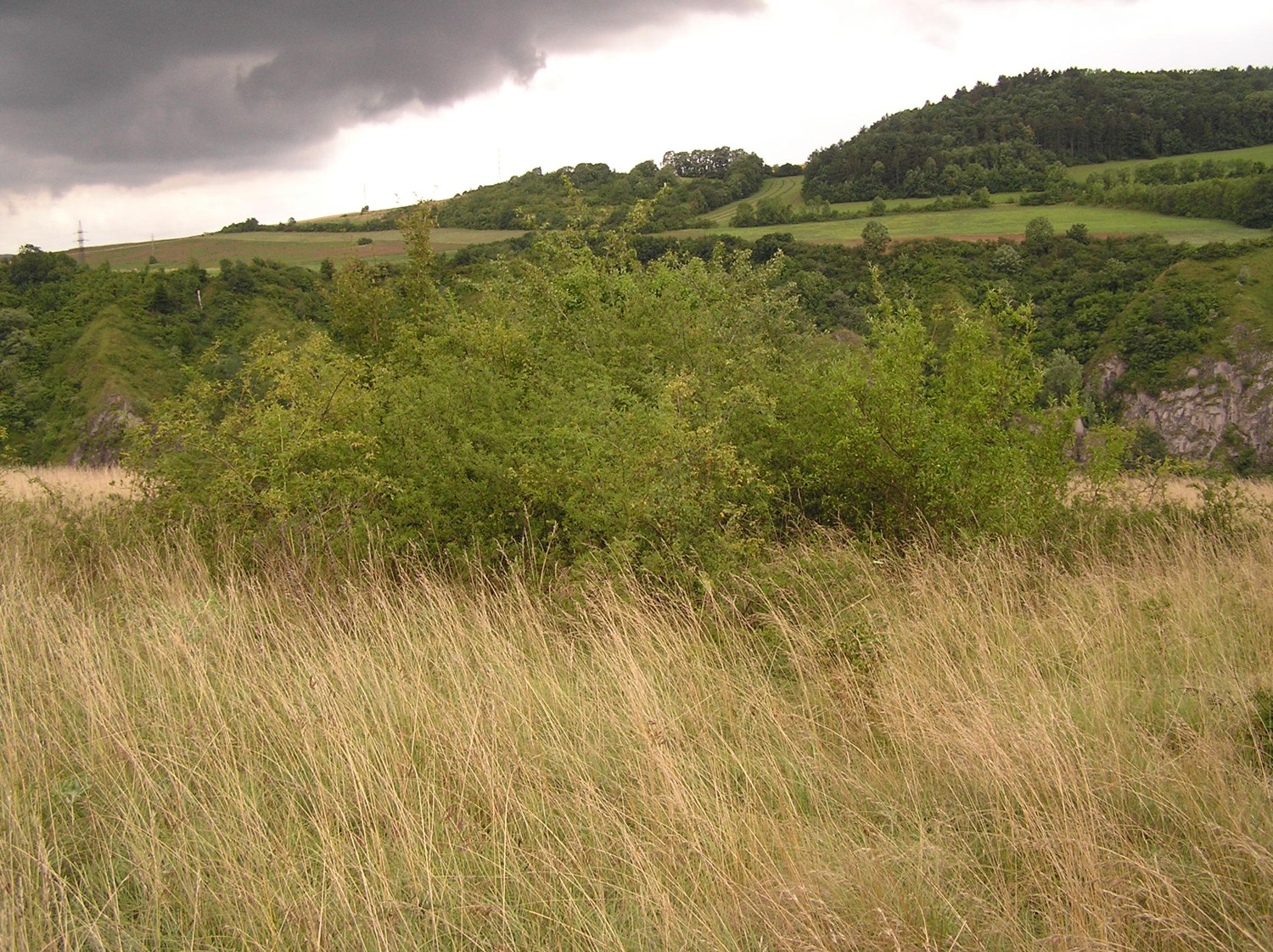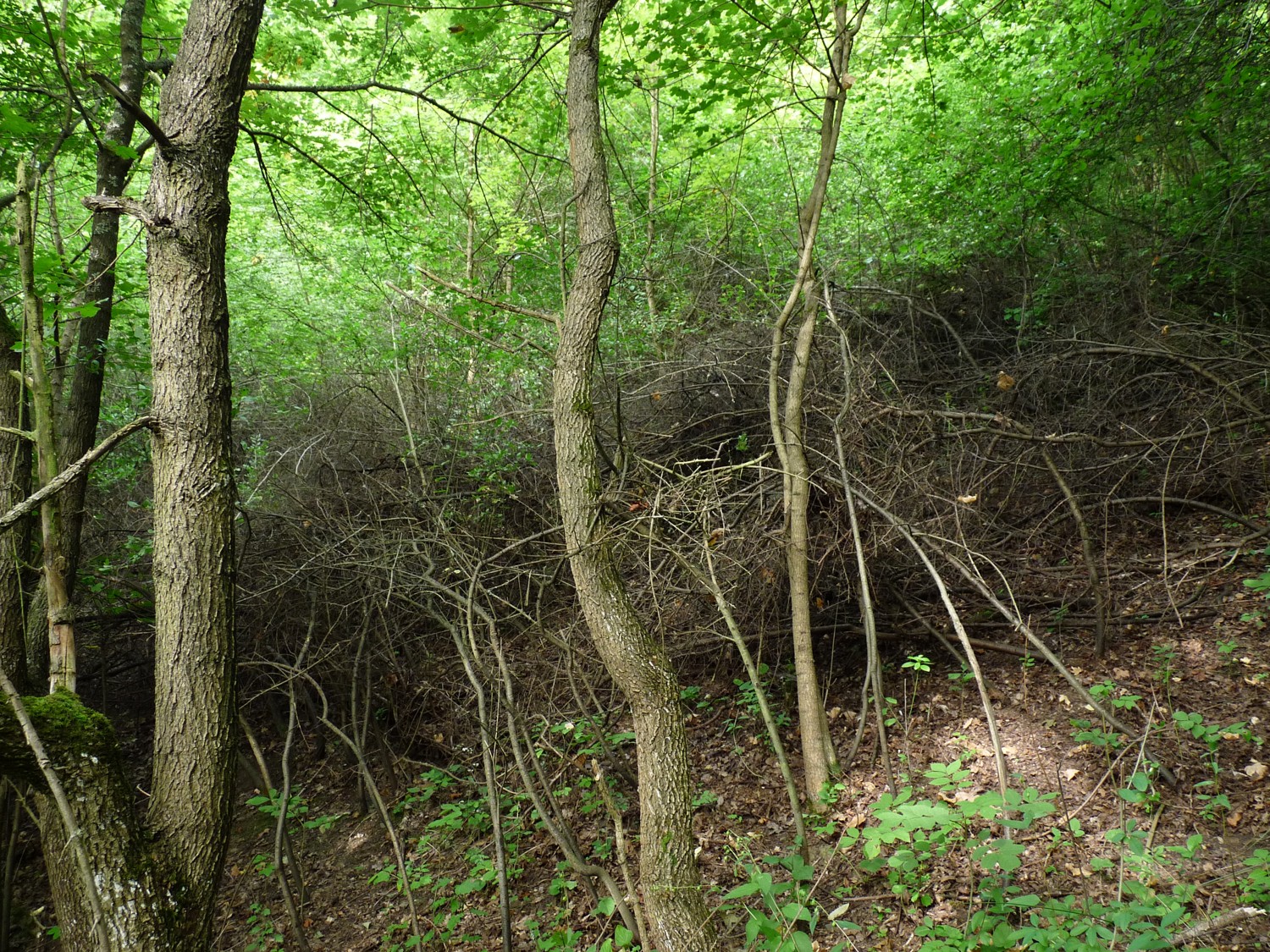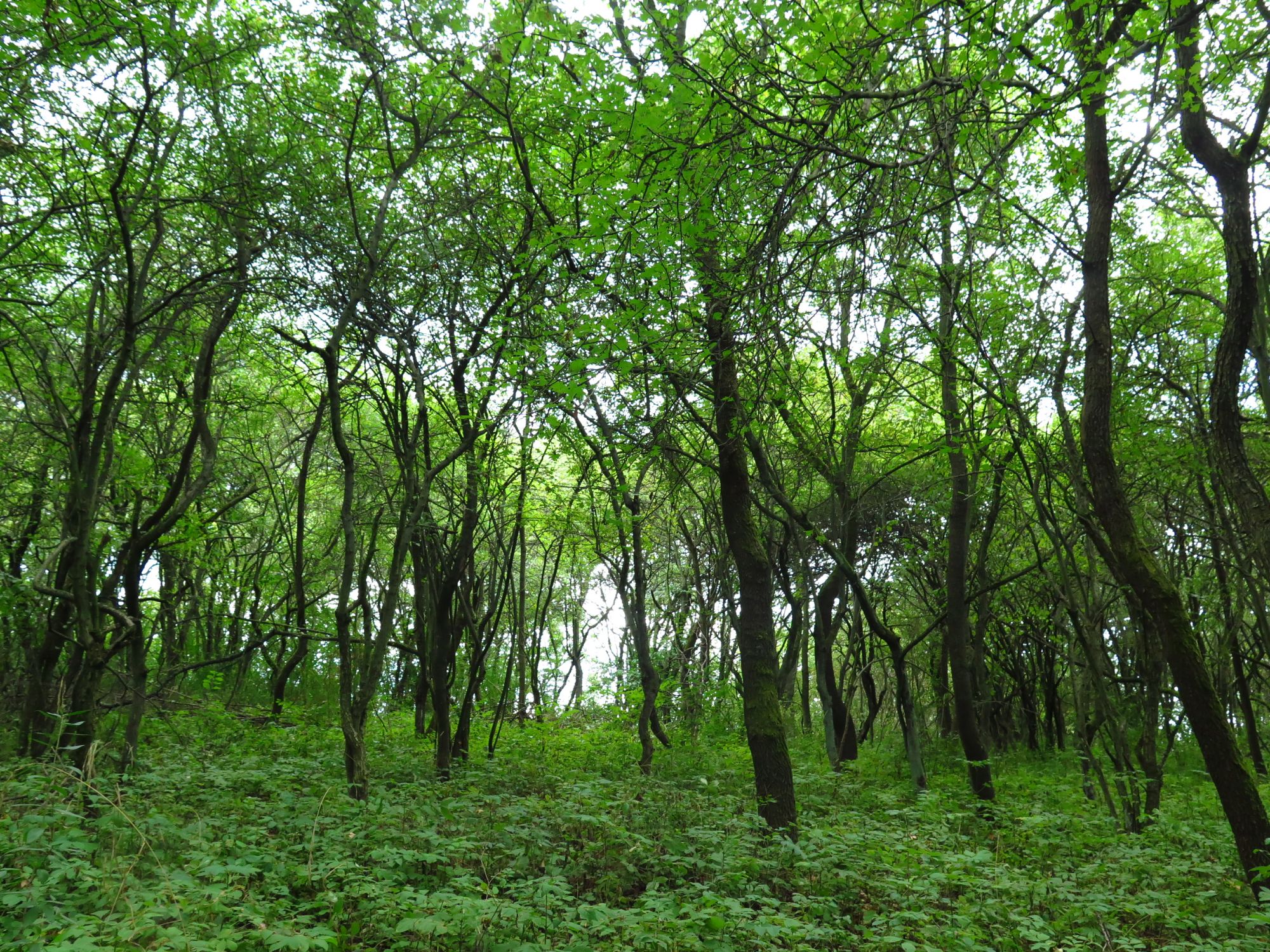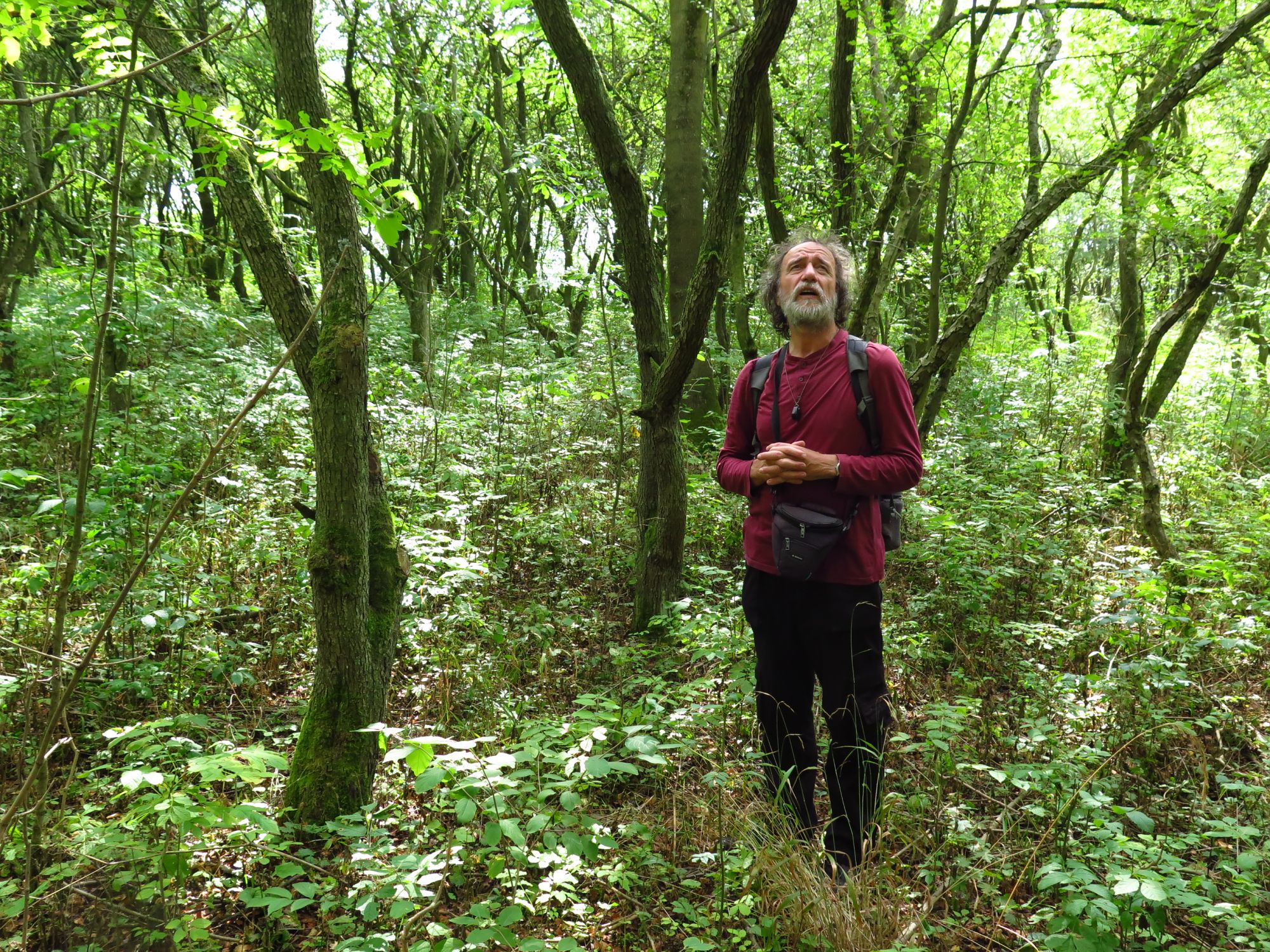Abandoned Fields
Management change after 1989 led to an extensive abandonment of arable land in the Czech Republic. Numerous fields were sown with commercial mixtures but some of them were left to the spontaneous succession.
 Landscape that according to the site conditions and surrounding vegetation needs minimal or no restoration was formed by the abandonmet of arable land. Temperate Europe and North America are typical areas where spontaneous succession could be applied in restoration projects.
Landscape that according to the site conditions and surrounding vegetation needs minimal or no restoration was formed by the abandonmet of arable land. Temperate Europe and North America are typical areas where spontaneous succession could be applied in restoration projects.

Exceptions exist where spontaneous succession is not recommended. For example, young successional stages serve as habitats for rare weeds and animals (e.g. butterflies) and it is therefore appropriate to block the process of succession by maintaining or implementing of suitable management (e.g. mowing or grazing). Another example of undesirable outcome of spontaneous succession is overgrowing with invasive or expansive vegetation.
Alena Jírová addressed the issue of spontaneous succession on abandoned fields in the Czech Republic in her disseration thesis. She found out that not only forest communities but also valuable shrubby grasslands developed on abandoned fields in the Czech Karst. In other words succession on fields on drier and shallower soils did not lead towards forest.


